Something a little different in this episode – not a walk but a whole area!
We open with a mention of Glyn’s talk at the Bratton History Association on the subject of Blind Houses at 4:00pm on Sunday 16 January. The event will be held at Bratton Church Institute. It is but a vicious rumour that Glyn will be performing his talk as dance.
After saying we’ve had a quiet two weeks we then embark on an extended round up of the last two weeks, in which mud featured large. Lenka Stokes asked in the Facebook Group whether anyone could recommend a walk that didn’t involve mud. This was a tricky one! The answer wasn’t quite a resounding “no” but people did struggle with ideas.
Meanwhile, Paul has done two walks this week, one in Wiltshire and one just outside. The walk outside Wiltshire was just over the border in Oxfordshire taking in a stretch of the Ridgeway, which of course extends into Wiltshire and includes Avebury. Being a little closer to home than North Uist and France (Paul having taken some flack for a Facebook post about prehistoric monuments in these two places) it’s well worth venturing over the border to see the Uffington White Horse, Uffington Castle and Wayland’s Smithy. He did though make comparisons with similar monuments in Wiltshire in order to justify the mention! This part of south Oxfordshire did though trump Wiltshire for mud. It was shocking!
Paul’s other walk was firmly in Wiltshire, albeit not too far from the Hampshire border. David Dawson at Wiltshire Museum has asked us to lead a walk to include Tidcombe long barrow, Hippenscombe and the Kinwardstone (aka Kenwood Stone or Devil’s Waistcoat). So, accompanied by his trusted walking buddy Stu, Paul knocked together a route which he proceeded to trial. The weather was grey and drizzly so did not show this beautiful part of the world in its best light. Watch out for a blog and podcast about this in due course. But despite the weather and the mud Paul and Stu did complete the walk, throwing in an extension to include the Iron Age bivallate hill fort of Fosbury Camp – a worthwhile deviation.
Hippenscombe features in British water colourist Eric Ravilious’ famous painting “The Causeway”. Recently both Glyn and Paul have been to see the unique exhibition of his paintings, entitled Downland Man, at Wiltshire Museum in Devizes. It was interesting to compare the landscape that Ravilious painted in 1937 to how it looks today. The area now hosts industrial scale game shooting, something that is not so evident in Eric’s beautiful painting. He also painted the aforementioned Uffington White Horse, thereby completing the circle! The exhibition is on until the end of January so there is not long left before the pieces are returned to their owners. The Causeway in particular will henceforth be kept in a dark room for several decades to reduce light damage so for many of us this will be the last chance to see it. It should be noted the exhibition is now getting very busy so it would be wise to book ahead.
The main subject in this episode of the podcast was Whitesheet Hill near Stourhead, and the surrounding area. We discuss the myriad prehistoric monuments on Whitesheet Hill, nearby Long Knoll, and Park Hill Camp at Stourton as well as medieval Mere Castle, and memories of the Second World War by way of Zeals aerodrome and the poignant Dakota Memorial close by Whitesheet at Beech Clump. As usual in our part of the world, there are immense views everywhere, including across Dorset and Somerset.
In the podcast Paul mentions the connection with the late 18th/early 19th century poet Percey Bysshe Shelley with this area, and in the process gets it completely wrong. Paul said Shelley met his first wife, Harriet Westbrook here. In fact it was his first love, Harriet Grove, whose family owned Ferne House at nearby Donhead St Andrew. This must be a first – issuing a correction at the same time as the podcast is released! What is even more hilarious is that we discovered that Wikipedia cited Paul’s Hidden Wiltshire blog about Long Knoll and Little Knoll on their page about Long Knoll. If only they knew!
Then on to the wrap up:
Steve Dixon’s piece leading into our main subject is entitled “Downland” for obvious reasons. As ever the piece in the introduction and at the end of the podcast is entitled “The Holloway”.
Don’t forget to check out the Hidden Wiltshire online shop on the website if you’d like to help us keep the lights on. Both Hidden Wiltshire books can be purchased there. The second book is also available at Devizes Bookshop and Wiltshire Museum in Devizes. And don’t forget to subscribe to the Hidden Wiltshire Newsletter from the website.
Links:
We talk in further detail about the whole area around Whitesheet Hill in a number of blogs on the Hidden Wiltshire website – links as follows
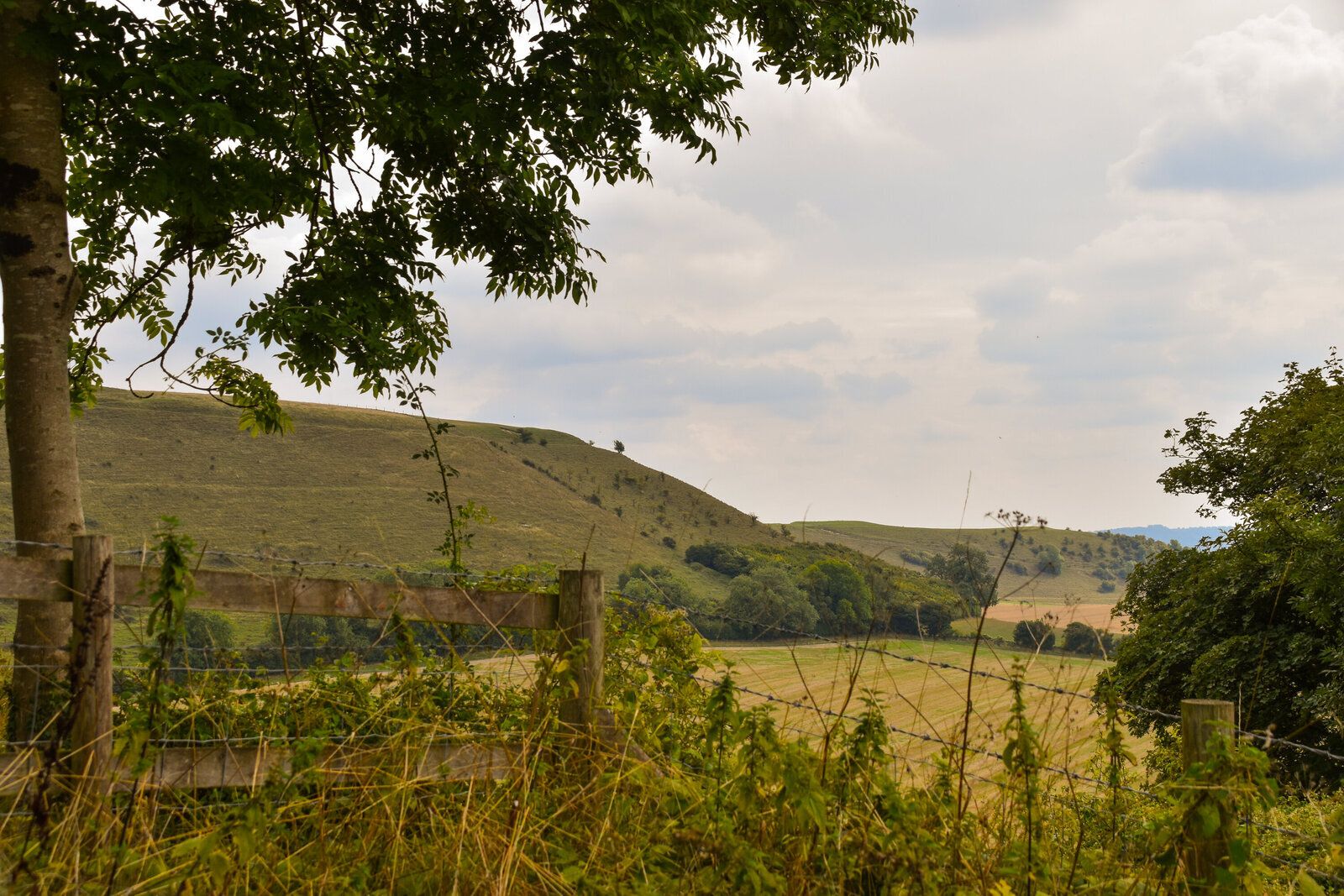
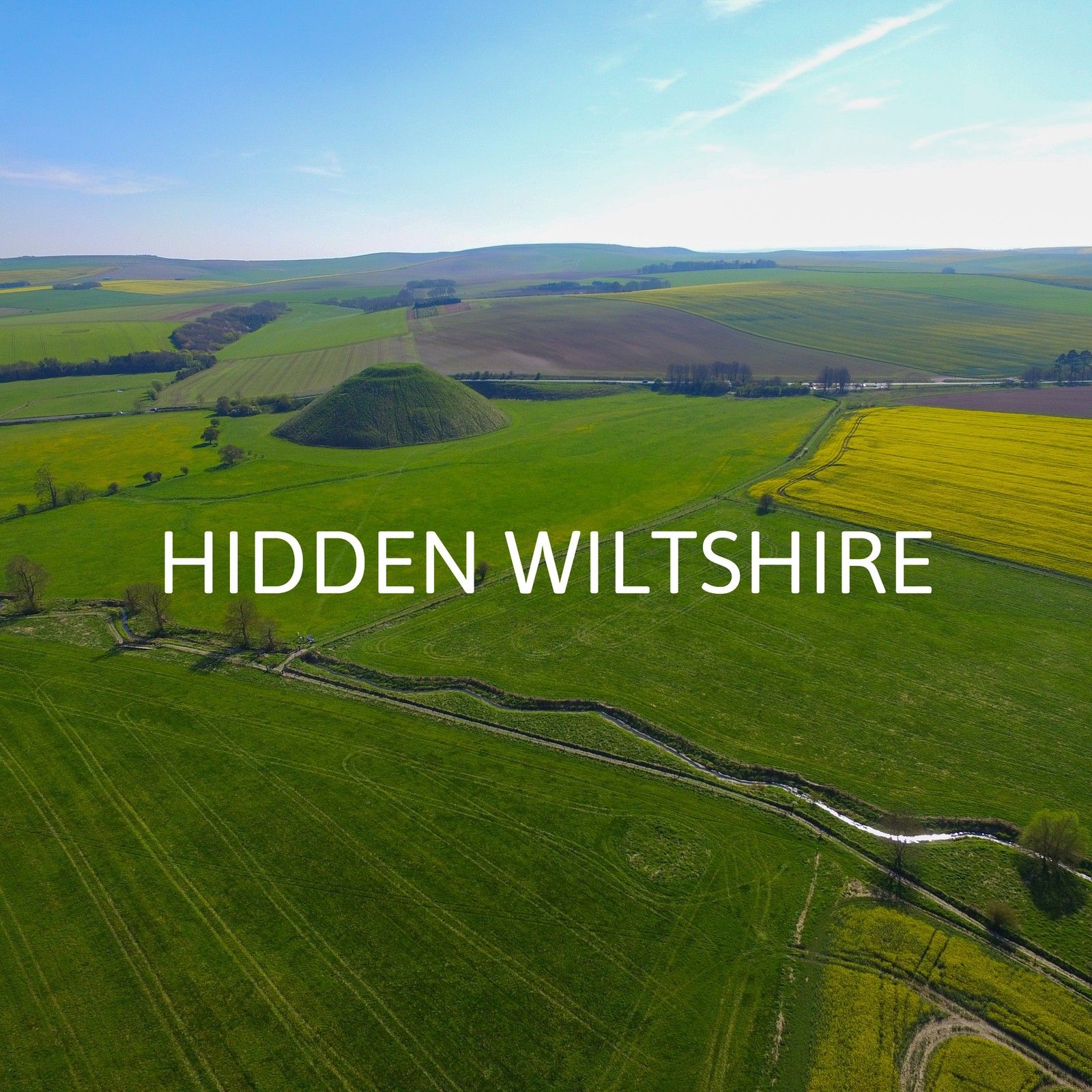
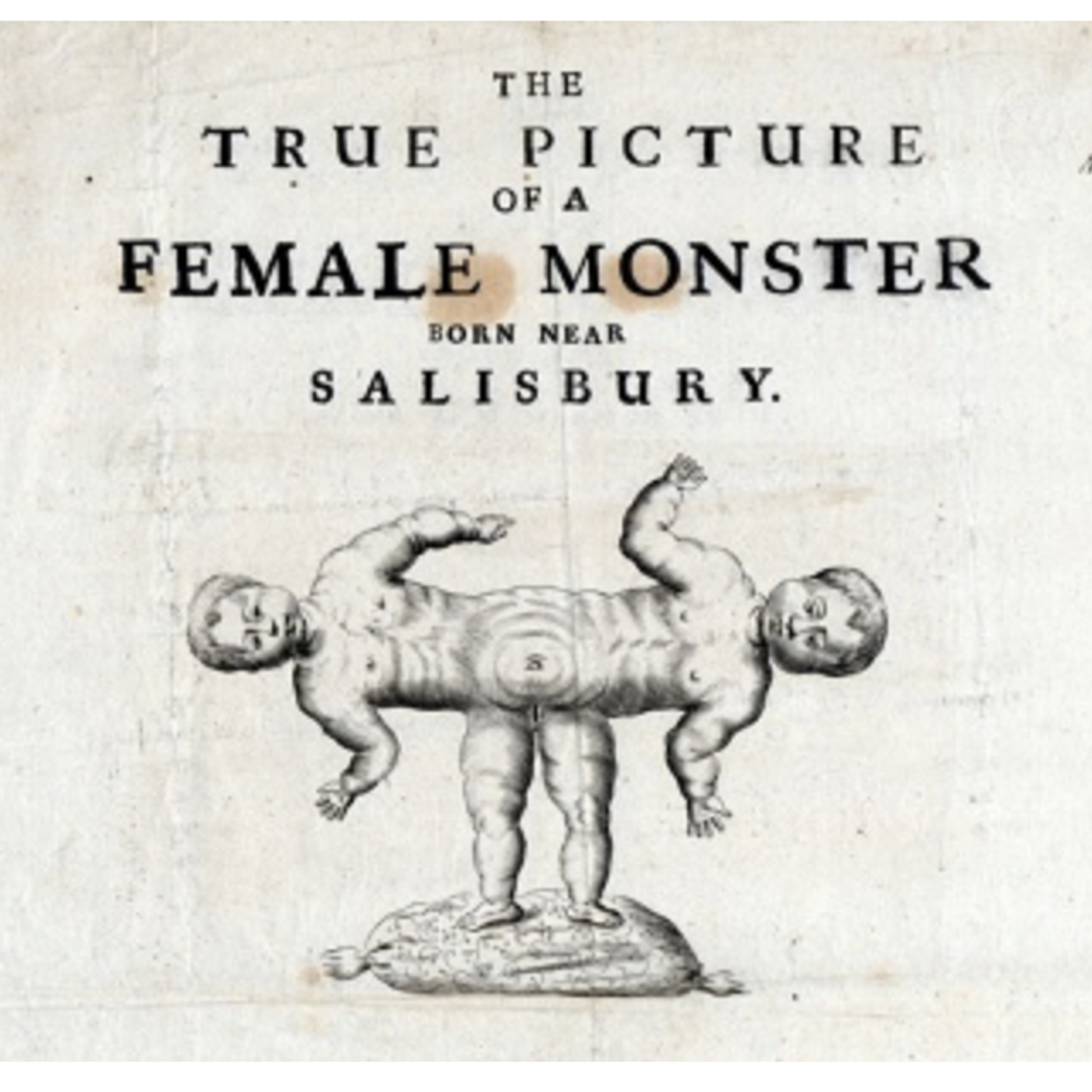 45: Weird Wiltshire
Another location recording and once again it didn’t quite go to plan. The never
45: Weird Wiltshire
Another location recording and once again it didn’t quite go to plan. The never
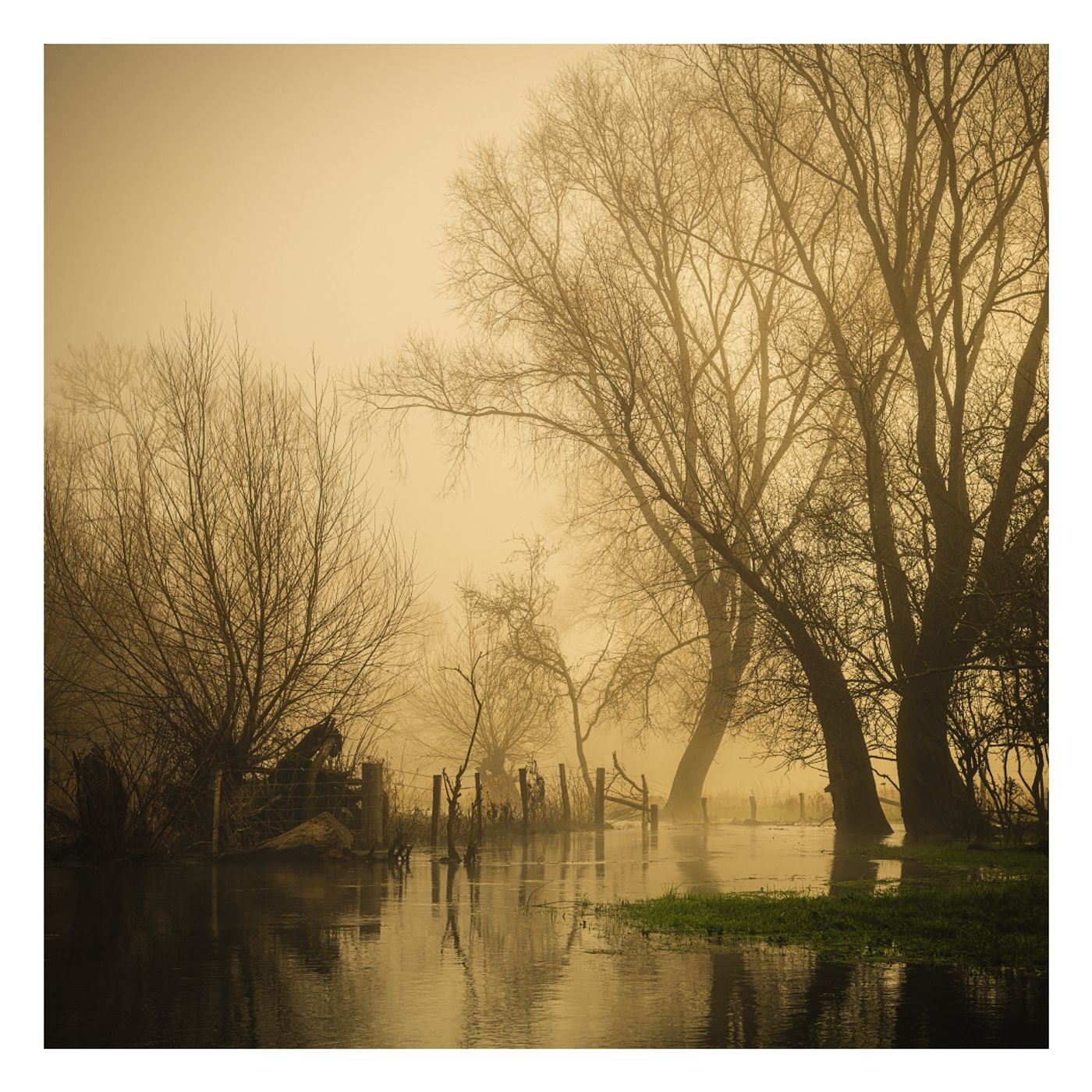 44: A Meander Along Some of Wiltshire’s Rivers
It only seemed like a few days since our last podcast recording – and that’s bec
44: A Meander Along Some of Wiltshire’s Rivers
It only seemed like a few days since our last podcast recording – and that’s bec
 43: Some of our Favourite Woods
Glyn, Elaine and Paul are back with another episode of the Hidden Wiltshire podc
43: Some of our Favourite Woods
Glyn, Elaine and Paul are back with another episode of the Hidden Wiltshire podc
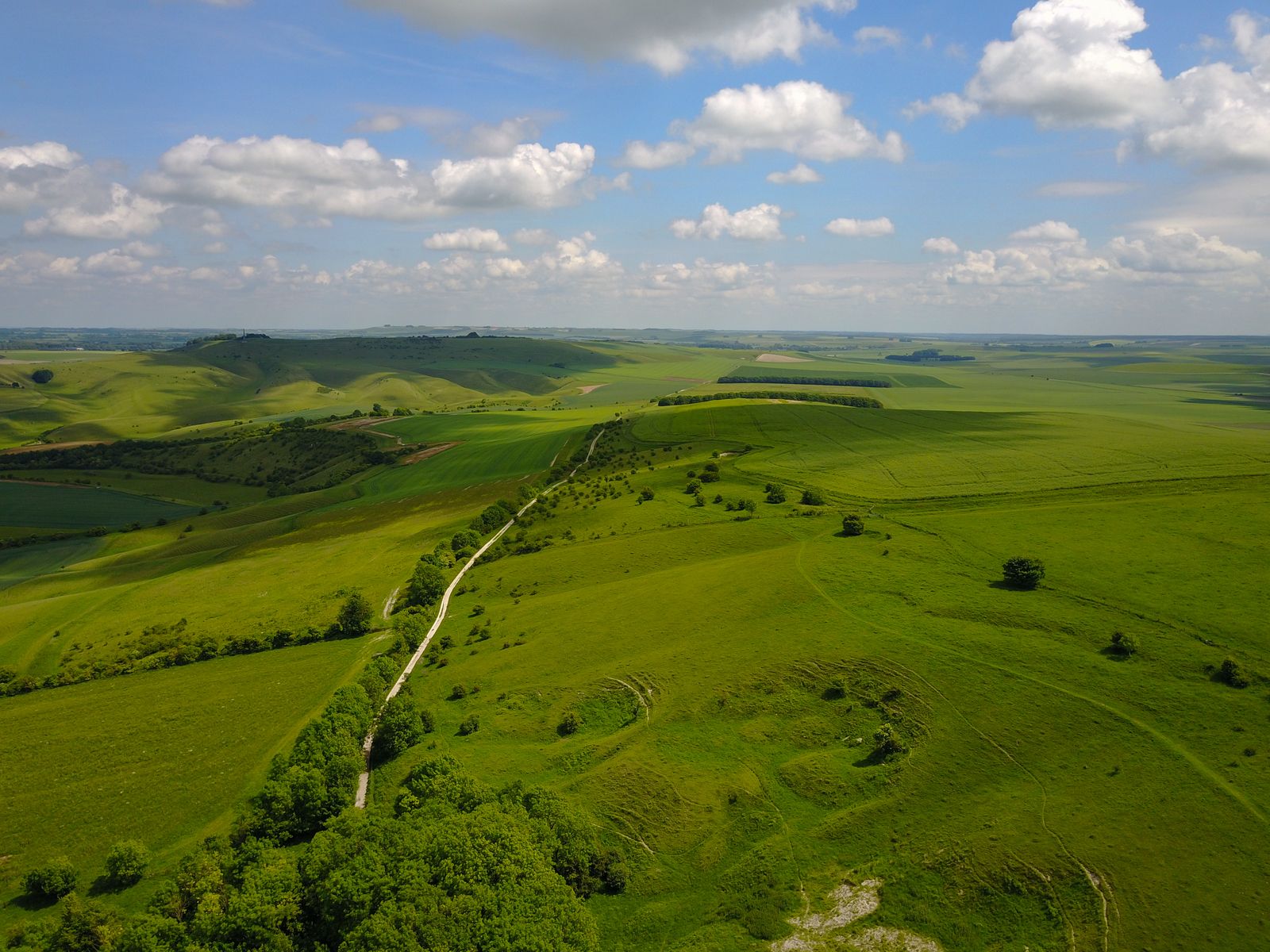 42: Some of Wiltshire's Nature Reserves
We’re back. After a break of what feels like years, but may only be about five m
42: Some of Wiltshire's Nature Reserves
We’re back. After a break of what feels like years, but may only be about five m
Comments & Upvotes